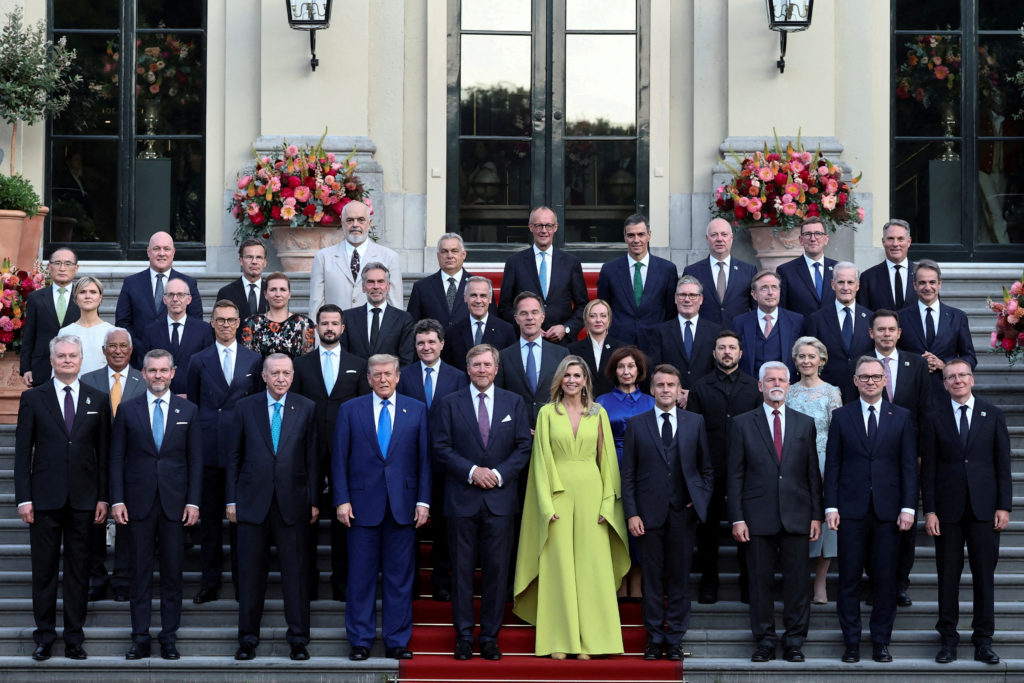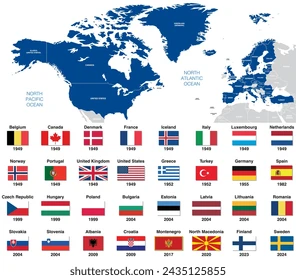
Introduction
NATO, the North Atlantic Treaty Organization, is a military alliance formed on April 4, 1949. It was created to ensure collective defense among Western nations in the face of growing tensions after World War II, particularly to counter the expansionist threat of the Soviet Union and to promote political stability in Europe and North America.
Reason for Creation
The primary reason for NATO’s creation was the need for a collective security system among Western democracies during the early Cold War. With Europe devastated by the war and the Soviet Union consolidating control over Eastern Europe, Western nations feared further aggression. The alliance was intended to deter Soviet expansion and provide a united front to defend any member attacked. Article 5 of the NATO treaty famously states that an attack on one member is considered an attack on all, reinforcing collective defense.
Years in Existence
As of 2025, NATO has been in existence for 76 years. Over these decades, it has adapted to changing geopolitical circumstances, including the dissolution of the Soviet Union, the enlargement of its membership, and new security challenges such as terrorism and cyber warfare.
Membership
Originally formed by 12 countries, NATO now has 31 member countries across North America and Europe. Its expansion reflects efforts to promote stability and democracy across the continent, welcoming former Eastern Bloc countries after the Cold War.
Significance and Evolution
NATO’s role has evolved beyond traditional military defense to include crisis management, peacekeeping, counter-terrorism, and cooperative security partnerships worldwide. It has played key roles in conflicts such as the Balkans in the 1990s and Afghanistan post-2001.
Current Challenges
Today, NATO faces new challenges, including strategic competition with Russia, cybersecurity threats, and adapting to hybrid warfare tactics. Its continued existence and relevance depend on the ability of member states to maintain unity and respond effectively to emerging global threats.
Conclusion
NATO remains a vital alliance that has helped maintain peace and stability in the North Atlantic region for over seven decades. Its foundation on collective defense and cooperation continues to be a cornerstone of international security in an ever-changing world.

You must be logged in to post a comment.